Study, work or travel in the UK. British
culture and life.


Horse racing and riding in the UK
|
|
Study, work or travel in the UK. British
culture and life.
|
|
||
|
|
|
|
||
 |
||||
|
|
||||
 |
||||
|
Horse racing and riding in the UK
|
||||
|
Sections:
|
Introduction |
 |
| Horse racing | ||
| Horse riding | ||
| Links | ||
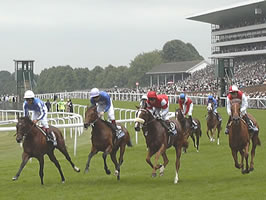 Racing at Ascot |
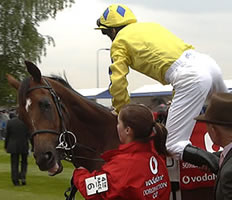 The paddock at Epsom |
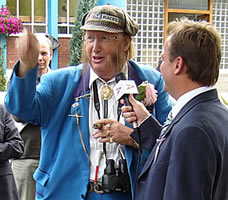 John McCririck (racing pundit) |
 |
Racing
Post Guide to the Flat 2006 Date: April 2006 Racing Post Guide to the Jumps 2005-2006 Date: October 2005 |
 |
Frankie:
The Autobiography of Frankie Dettori Authors: Frankie Dettori, Jonathan Powell Publisher: HarperCollinsWillow Date: September 2004 |
 |
Channel
4 Racing: Complete A-Z of Horse Racing Editor: Sean Magee Publisher: Channel 4 books Date: October 2001 |
The
Story Of Horse Racing (DVD) Presenter: Alastair Down Studio: Green Umbrella Productions Date: June 2004 |
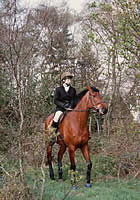 |
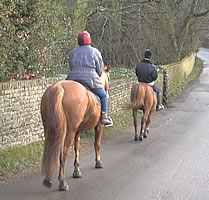 |
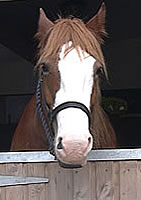 |
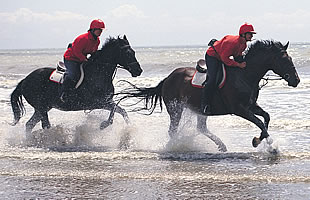 Beach riding |
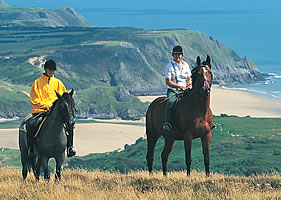 Trekking at Three Cliffs Bay, Wales |
|
Subscribe to: Horse
magazines
|
|
|
|